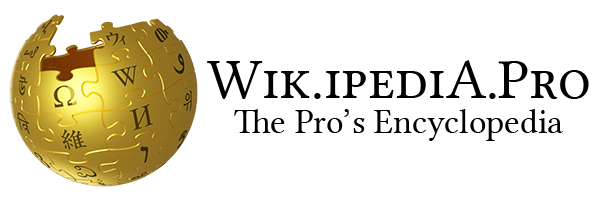
Green Cross (chemical warfare)

Green Cross (Grünkreuz) is a World War I chemical warfare pulmonary agent consisting of chloropicrin (PS, Aquinite, Klop), phosgene (CG, Collongite) and/or trichloromethyl chloroformate (Surpalite, Perstoff).

Green Cross is also a generic World War I German marking for artillery shells with pulmonary agents (chemical payload affecting the lungs).[1] The tip of the projectile with the fuse end painted green and a green cross at the bottom of the cartridge.

Other Green Cross mixtures were based on phosgene and/or diphosgene.

The first use of Green Cross was on May 31 1915 in a German offensive in Ypres. The mixture was chlorine-phosgene, with 95% and 5%.

See also
References
- ^ "Chemical Weapons in World War I". www.cbwinfo.com. Archived from the original on 2010-09-19. Retrieved 2010-08-29.
See what we do next...
OR
By submitting your email or phone number, you're giving mschf permission to send you email and/or recurring marketing texts. Data rates may apply. Text stop to cancel, help for help.
Success: You're subscribed now !
